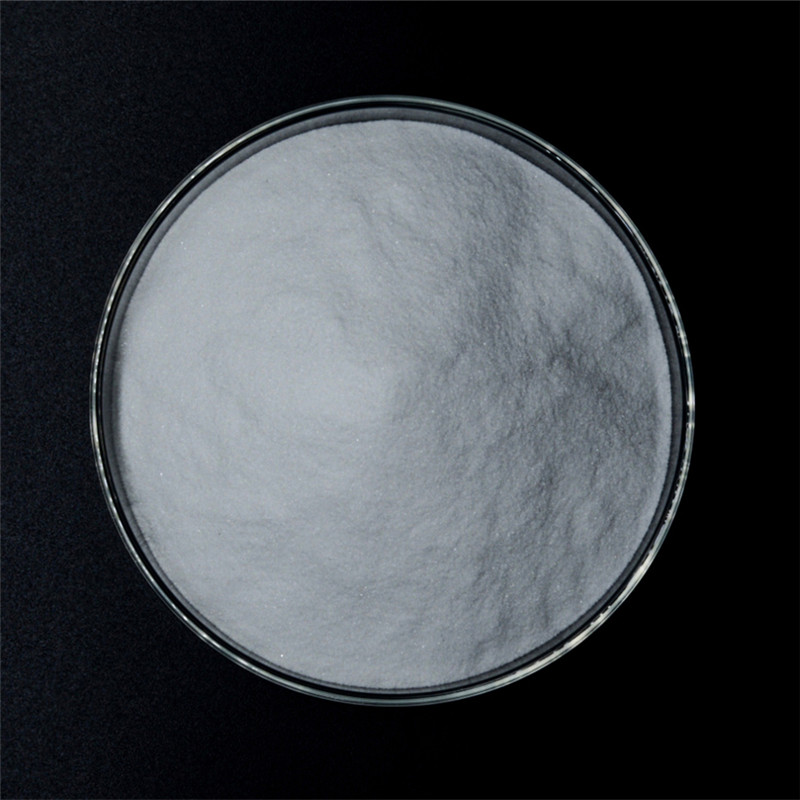White Fused Alumina (WFA) is an excellent material for wear-resistant layers due to its high hardness, toughness, and thermal stability. It is widely used in industrial applications where abrasion, erosion, or impact resistance is required.
Key Properties Making WFA Suitable for Wear-Resistant Layers:
High Hardness (9.0 on Mohs scale) – Resists abrasive wear.
Excellent Toughness – Withstands impact and mechanical stress.
Chemical Inertness – Resists corrosion from acids and alkalis.
Thermal Stability – Maintains performance at high temperatures (up to 1900°C).
Sharp Grain Structure – Enhances bonding in coatings and composites.
Applications as a Wear-Resistant Layer:
Industrial Flooring & Linings – Used in high-traffic areas, bunkers, and hoppers.
Anti-Wear Coatings – Applied via thermal spray (plasma or HVOF) on machinery parts.
Ceramic & Epoxy Composites – Used in chutes, cyclones, and pipelines.
Refractory Materials – Protects kiln linings and furnace components.
Abrasion-Resistant Tiles – Used in mining and cement industries.
Forms of WFA in Wear Protection:
Grit (Fused or Sintered) – Used in bonded abrasives or coatings.
Powder (Micron-sized) – Incorporated into paints, resins, or ceramics.
Aggregates – Mixed with epoxy/polyurethane for trowelable wear linings.
Advantages Over Alternatives:
Longer service life than quartz or carborundum.
More cost-effective than silicon carbide or zirconia in some cases.
Better thermal shock resistance than brown fused alumina.


